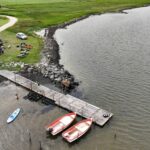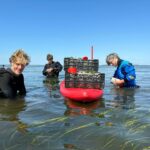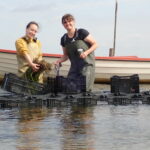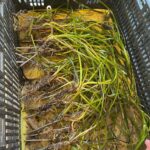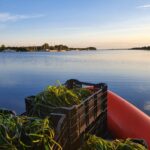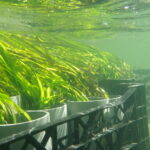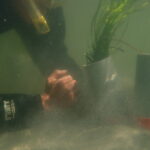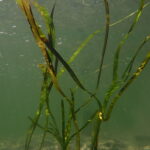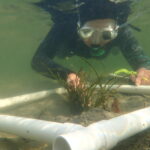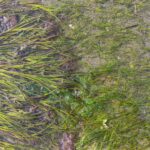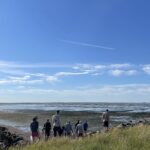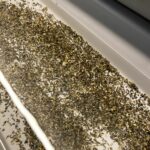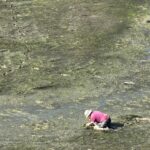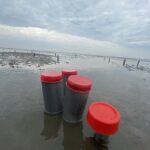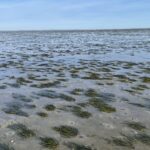Seagrass Restoration in the Wadden Sea and the Southern Delta
For years, intensive efforts have been made to restore seagrass along the Dutch coast, yielding spectacular results. In the Wadden Sea, the number of seagrass plants has grown from 200,000 to over a million. Now, The Fieldwork Company, in collaboration with Witteveen+Bos, the University of Groningen (RuG), and Altenburg & Wymenga, is refocussing on scaling up seagrass restoration efforts. Commissioned by Rijkswaterstaat, a five-year research project will focus on continuing the current success in the Wadden Sea and reintroducing seagrass along the coast of Zeeland.
Share this project
In the past, seagrass meadows in the Wadden Sea and the Southwestern Delta covered thousands of hectares. These ecosystems played a crucial role in nature and also supported the economy. However, due to the construction of waterworks, the emergence of seagrass diseases, and declining water quality, seagrass has disappeared from most Dutch waters.
Expanding Seagrass Populations
Since the 1990s, efforts have been made to restore seagrass meadows in the Netherlands through planting and seeding initiatives. Organisations including the Waddenvereniging, Natuurmonumenten, Rijksuniversiteit Groningen, The Fieldwork Company, Radboud University Nijmegen, Rijkswaterstaat, and a large number of volunteers have dedicated themselves to this cause. In recent years, these collective efforts have led to significant seagrass recovery near the island of Griend in the Wadden Sea. A key breakthrough was the development of a method in which seagrass seeds are injected into the seabed using a specialised caulking gun, leading to successful plant establishment.
In Zeeland, particularly in the Southwestern Delta, seagrass restoration efforts have revealed unexpected findings. Research has shown that seagrass can survive in the Grevelingenmeer. However, achieving lasting recovery and expansion requires further field studies and a deeper understanding of the ecosystem. Meanwhile, efforts to reintroduce seagrass to the Veerse Meer are still in their early stages.
A 5-Year Research Program
Following recent successes in the Wadden Sea, a five-year research program has now been launched to permanently restore seagrass in the Wadden Sea and the Southwestern Delta by, firstly, expanding scientific knowledge and, secondly, actively restoring seagrass through planting and seeding
The ultimate goal is to establish a second seagrass meadow in the Wadden Sea, alongside the existing one at Griend, and to create a five-hectare seagrass meadow in each of Zeeland’s lakes.
Project partners include:
- The Fieldwork Company, responsible for technical execution
- Rijksuniversiteit Groningen, leading the scientific research
- Altenburg & Wymenga, developing knowledge documentation
- Witteveen+Bos, providing expertise in project and environmental management, as well as system analysis
This restoration project is funded under the Water Framework Directive (Kaderrichtlijn Water).
Scientific Insights and Future Approaches
Seagrass planting efforts will be combined with ongoing research and data collection to identify the key parameters for successful seagrass restoration. System analysis will contribute to understanding the critical factors influencing seagrass recovery and the broader ecological dynamics of the surrounding environment. This research will help refine site selection criteria and seagrass planting techniques as well as identify the conditions required for long-term seagrass survival
In addition to testing new restoration methods and optimising existing techniques we will will investigate what effort is needed to restore self-sustaining seagrass meadows.
The Importance of Seagrass
Like coral reefs, mangrove forests, and mussel beds, seagrass meadows are vital to healthy marine ecosystems. The underwater plants slow down water currents, allowing sediment to settle and improving water clarity. The disappearance of such a keystone species can have major consequences for the entire marine ecosystem and beyond.
Seagrass not only enhances its own habitat, but it also serves as a nursery, feeding ground, and shelter for many marine species. Moreover, seagrass meadows capture and store CO₂—doing so 30 times more efficiently than rainforests.
Want to learn more about previous seagrass restoration projects? Click through to Seagrass Restoration Grevelingen or Seagrass Restoration Wadden Sea and check out our News Page.
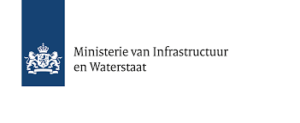
Client
Rijkswaterstaat
Involved part(ies)

Witteveen + Bos
Proces- & Omgevingsmanagement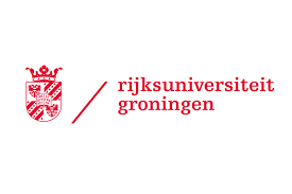
Rijksuniversiteit Groningen
Projectpartner

